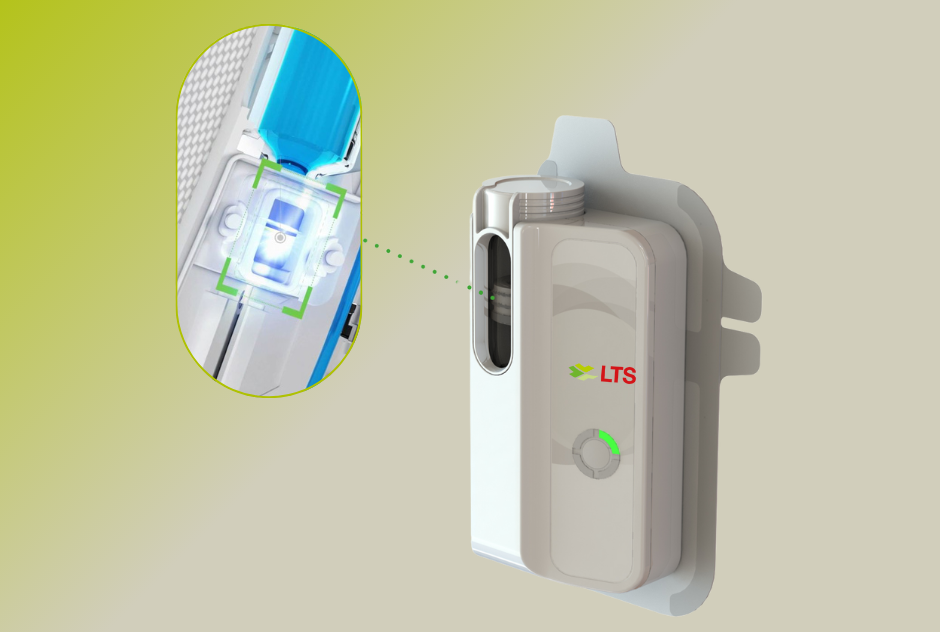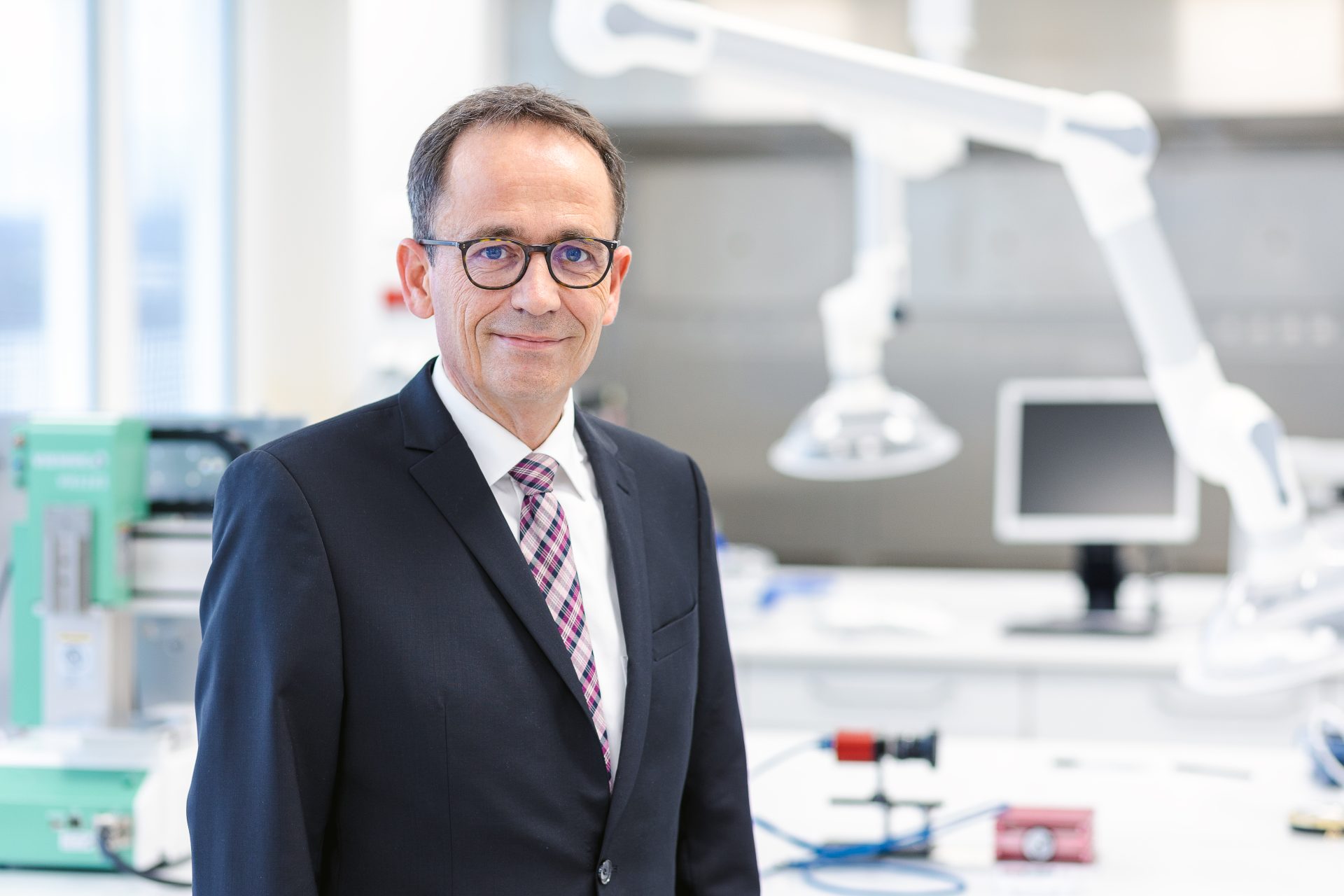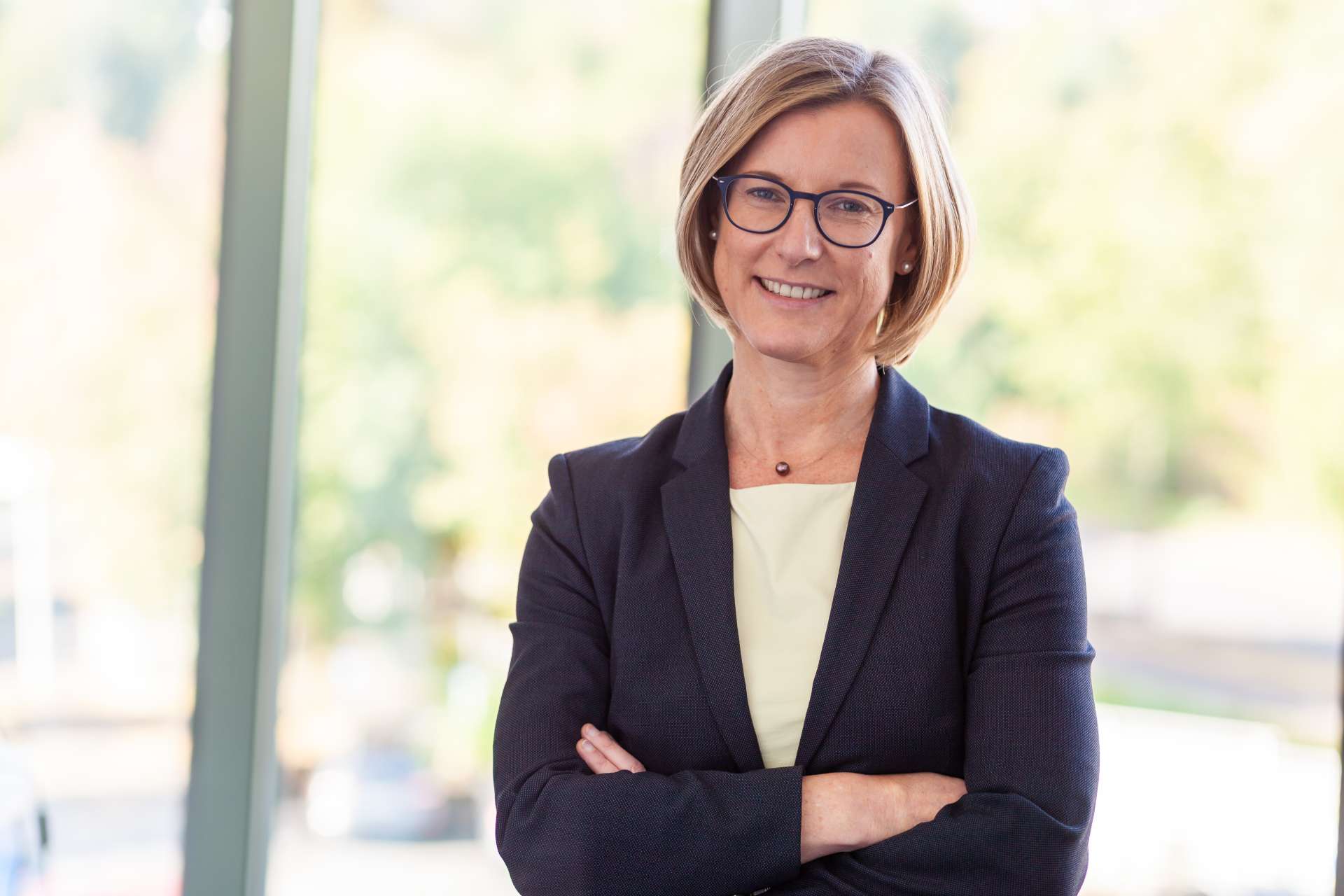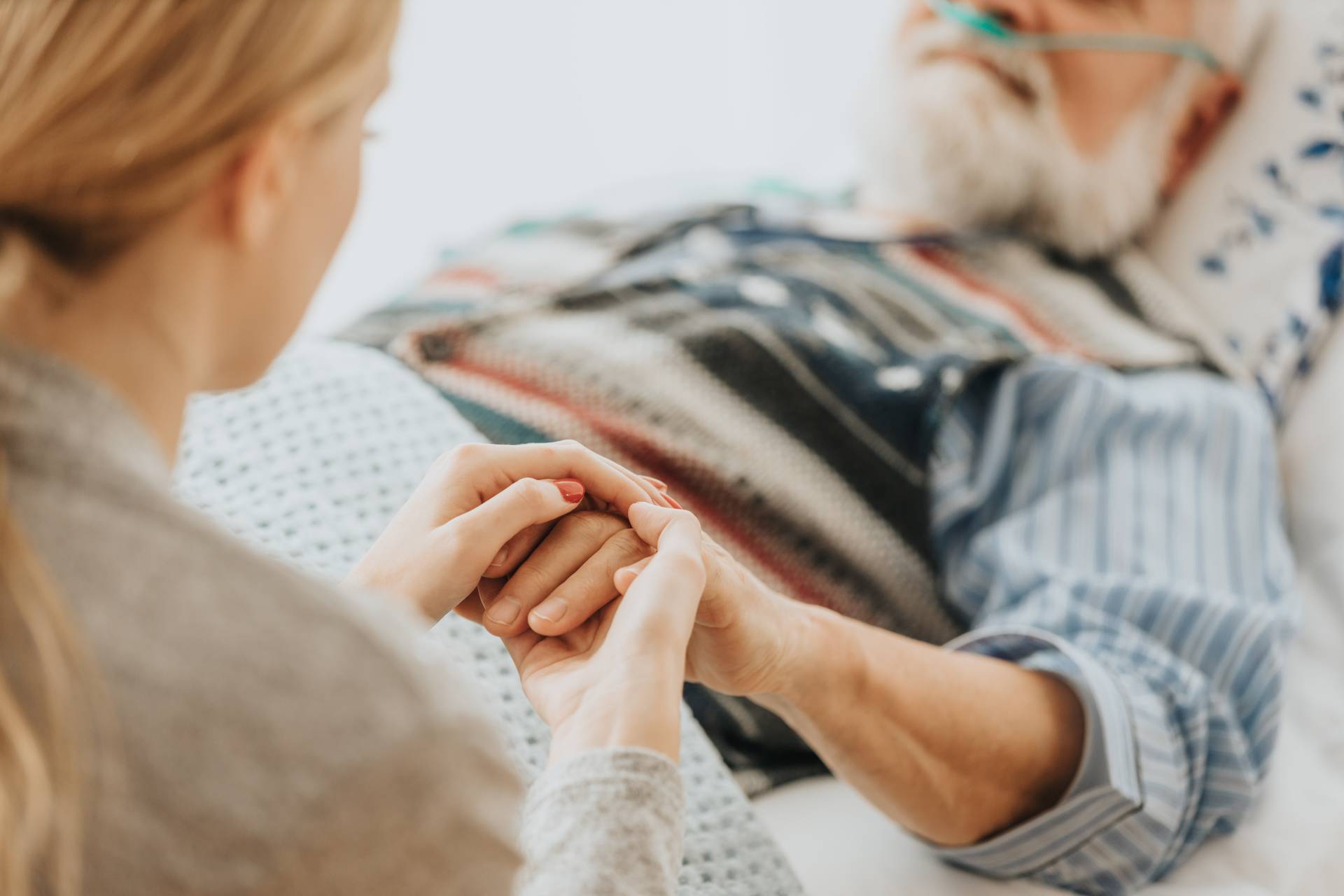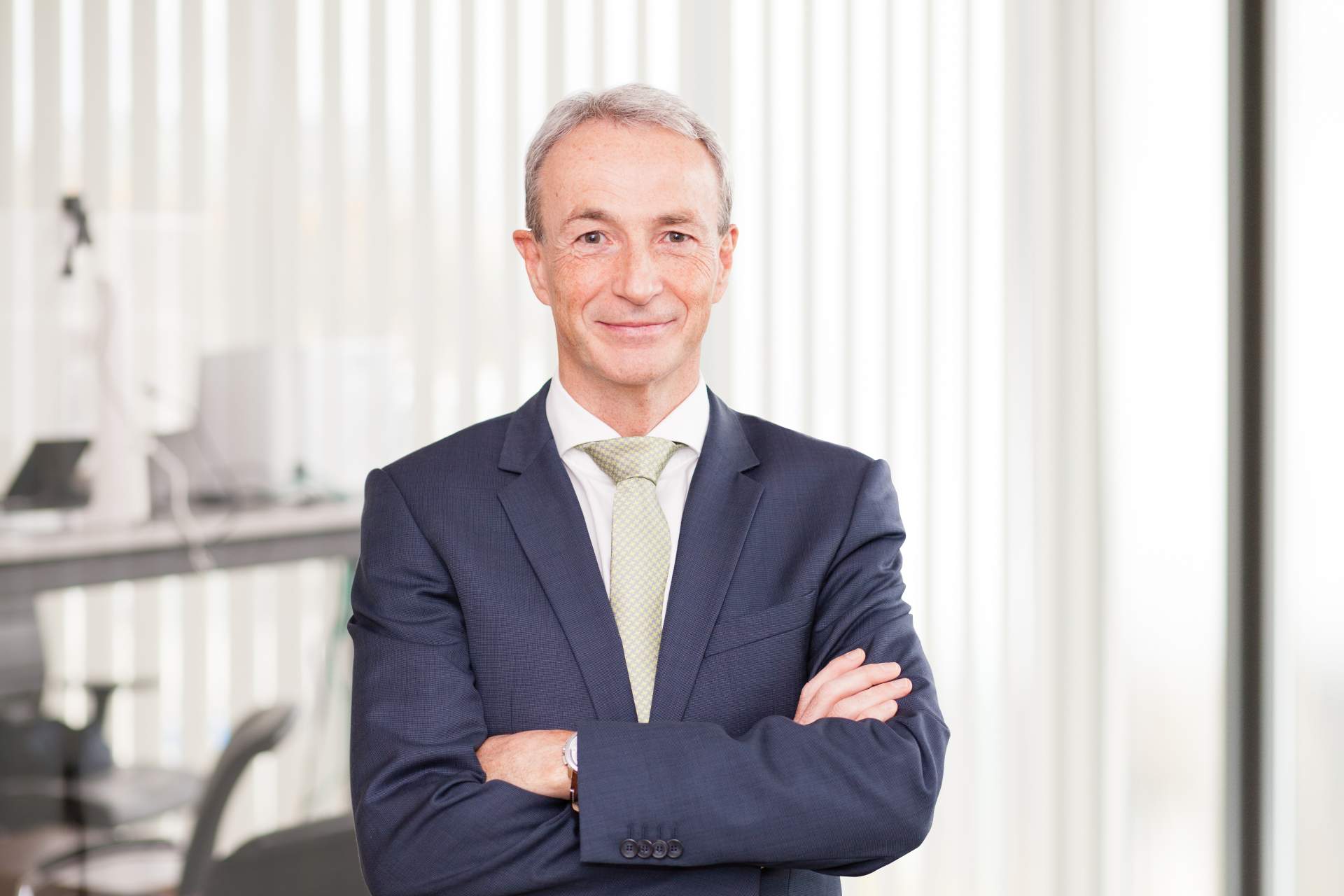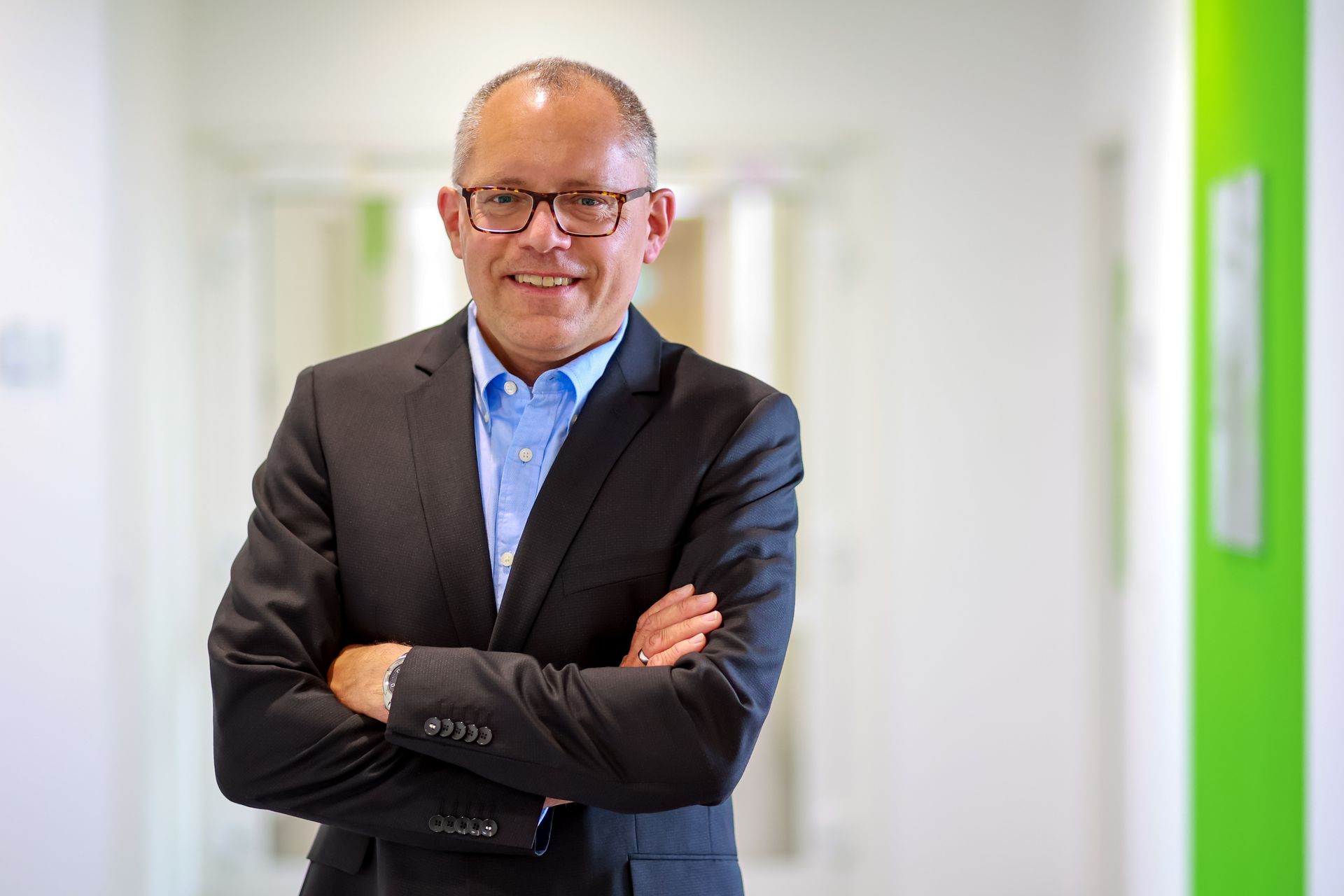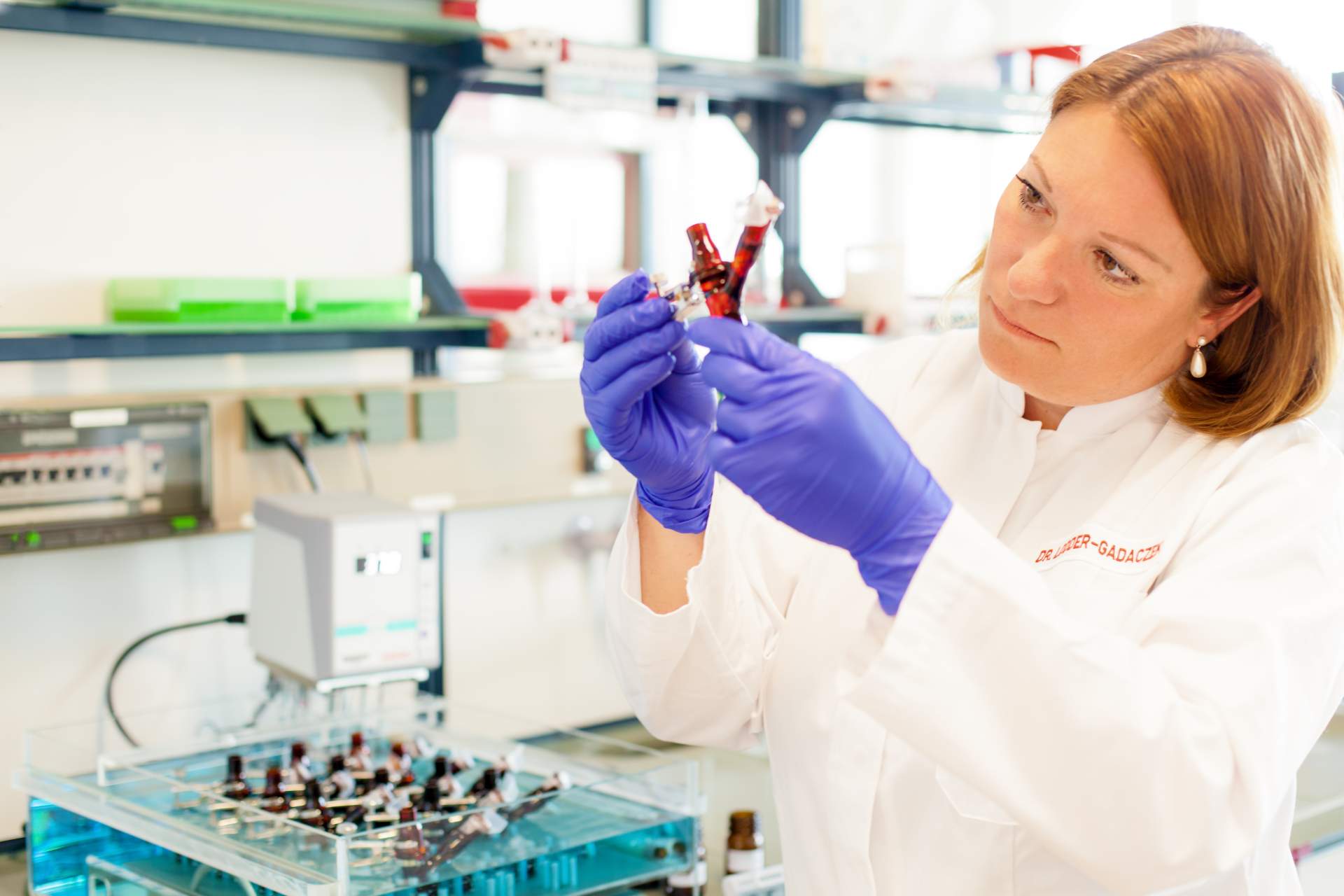
Interview with Julia Lodder-Gadaczek
Dr. Julia Lodder-Gadaczek, Director Analytical Development in-vitro studies, talks about her role leading one of the LTS laboratories and how in-vitro models and working practices are continually evolving to provide accelerated, expert support to development partners.
What is your area of expertise at LTS?
I’ve been part of the LTS family since 2013. I joined as a scientist in analytical development and after two years was offered the opportunity to work as a laboratory head. What started as a small team grew to become ten people, and we’re responsible for everything to do with skin and the biology of skin. Our deep analytical knowledge is used to support every development project at LTS in terms of transdermal therapy systems (TTS), oral thin films (OTF) and micro array patches (MAP) including small molecule drugs.
What does your work involve?
We answer the key questions that are typically raised in early phases of product development, such as whether a drug has the potential to cross the skin and how the formulation performs in terms of efficacy, stability and drug delivery. We mimic in vivo testing through in vitro permeation, which is an established research discipline here at LTS. We have over 20 years’ experience in this area and have optimised our set up to be able to answer questions around what an API can do.
We work quickly, aiming to deliver results in a short timeframe. Our models are also flexible so we can adapt to changing formulation requirements and provide an experimental set up tailored to each API. We never stop trying to be as close to in vivo conditions as possible. It’s a full-service package from a multi-disciplinary team of chemists, biologists and engineers. They are all smart, creative and innovative in their thinking.
How does your work support pharma partners in de-risking their dug delivery strategies?
There are challenges in the development of every new formulation and API, and they also represent a challenge for us in terms of their delivery via the skin. As API’s become more and more complex, we must evolve our analytical techniques to best mimic in vivo conditions. We are continuously working on new ideas and functions, for example, establishing an experimental set up where we can quickly evaluate different enhancer/API combinations, which can be done before going to formulation and directly to skin in the case of TTS.
How is your work evolving?
With OTF, where delivery is very fast, in vitro permeation models are two-dimensional, effectively providing a static picture. However, in vivo, the drug is delivered around the whole oral cavity, and it’s a dynamic process because of tongue movement and other factors, so we’re trying to adapt our in vitro studies create a 3D model.
MAP is a new technique, so it can’t be handled in the same way as a classical TTS project. We have to modify aspects such as skin thickness, receptors and application of patches. It’s not yet close to in vivo in models, but it is evolving quickly, and we are developing technology for MAP that provides new models for in vitro permeation.
What are the attributes that differentiate LTS as a drug delivery partner?
From my perspective, it’s the passion for what we do – in terms of everything related to skin and skin delivery. As a team, we are highly experienced in this field, but we are never satisfied, even with state-of-the-art technology. We continuously look for opportunities to make models better, to learn from failure, and we are not satisfied unless predictive models are highly accurate. As well as this, we have a real focus on fast delivery of results – we know development teams need our results quickly to accelerate their processes.
How do you facilitate good working relationships with pharma partners?
Our laboratory team works across every development at LTS, so we need to be highly organised. Two years ago, we looked across at other industries for ways to organise and accelerate project management and found techniques from agile disciplines – we now use Kanban boards, for example, to enhance organisation and control. This gives us more time to discuss results with customers and to work more closely with development departments. This, in turn, deepens our work and understanding, and means we can use our knowledge to improve the interpretation of results. So, it’s by working together with partners that enables us to deliver better interpretation of results.
Finally, tell us what you think about LTS as a place to work.
LTS offers me the space to take creative approaches to my work and I’m very grateful for that. As a company, we measure people not on the ‘how’ but the ‘what’. I’m really appreciative of that.

